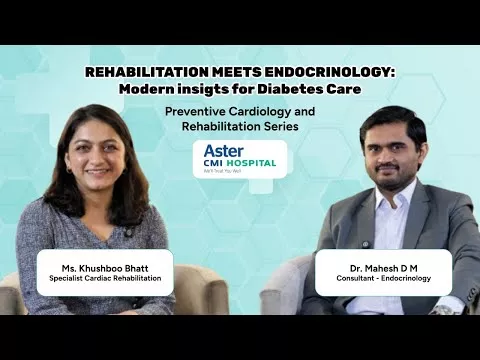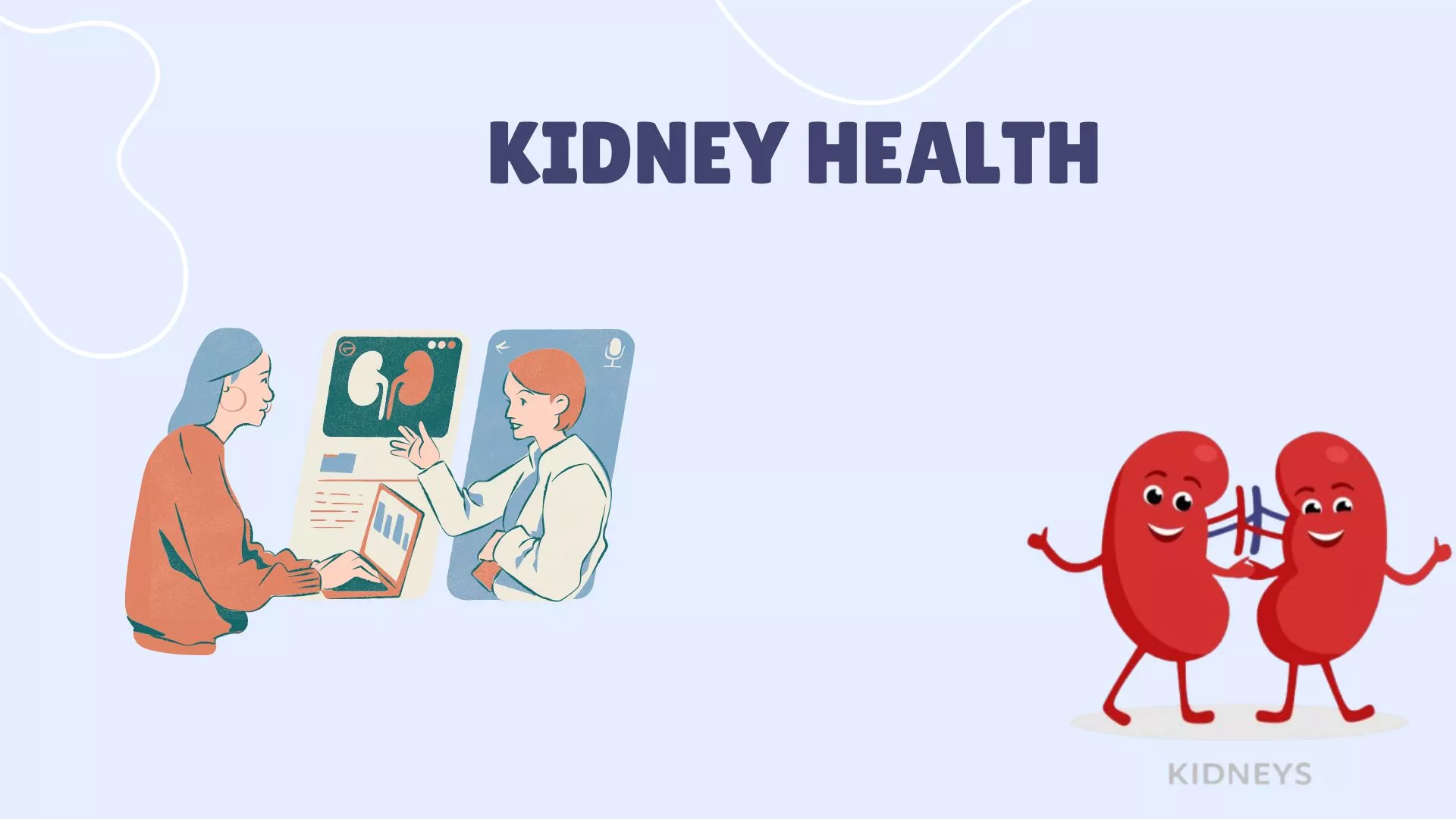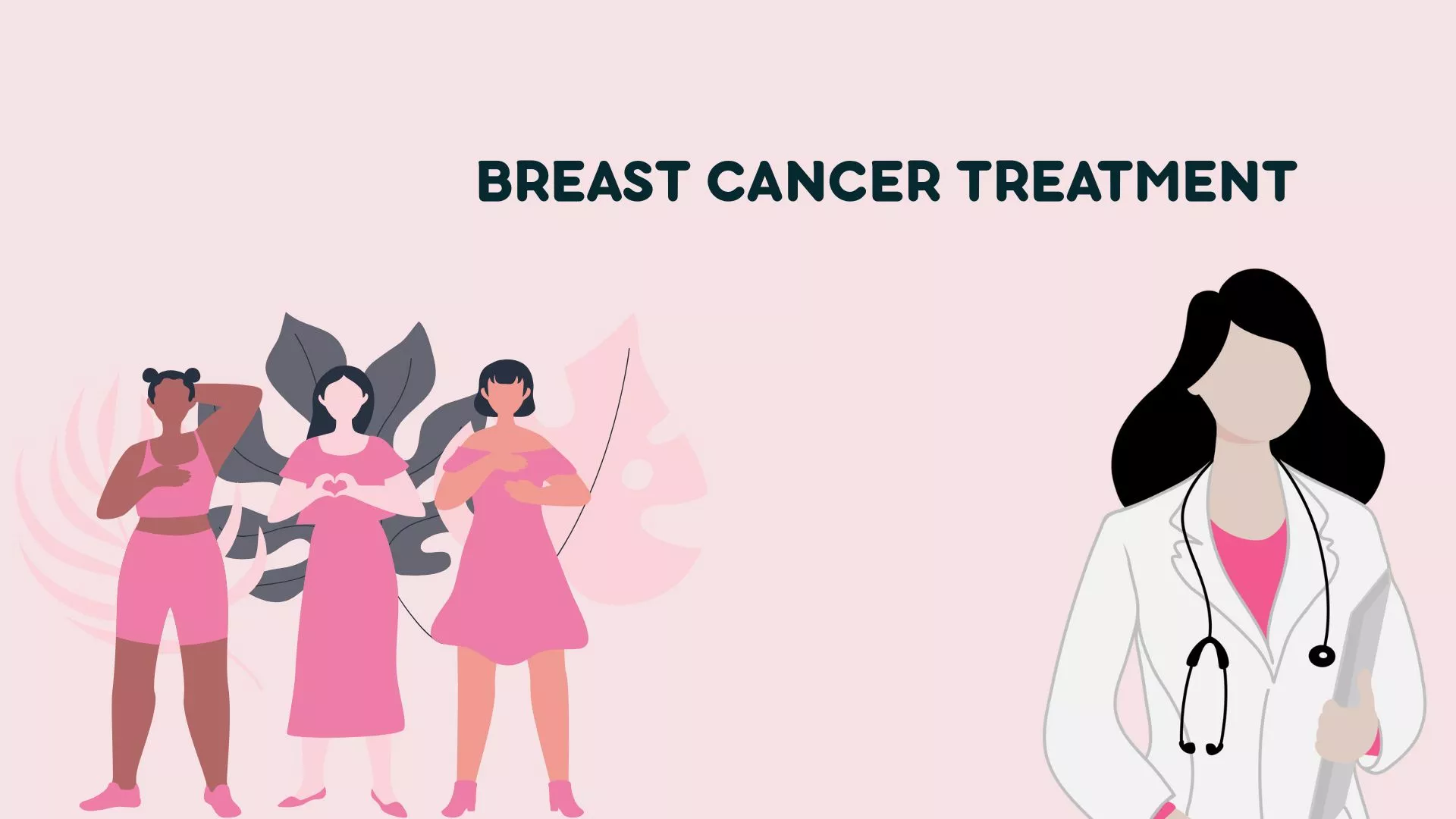Progress in interventional cardiology has also given birth to the hybrid procedures i.e combination of cardiac intervention and surgical management. In these procedures the initial part of the treatment is done in the Cath lab and the remainder part is done surgically, which in turn reduces the operative time as well as the morbidity. These advanced treatments are performed under the guidance of expert cardiologist in Kochi Kerala, ensuring precise and safe outcomes for patients.
The defects which can be cured by non surgical methods are as follow:
- Atrial Septal Defect ( ASD): An ASD means that there is a hole between the left atrium and the right atrium, as a result of which blood flows from left side of heart to the right ventricle and pulmonary arteries, putting additional volume load on the right side of the heart. Majority of these defects are closed using interventional techniques such as an ASD device (e.g. Amplatzer septal occluder) which is FDA approved. Children from 2 years of age to adults can be cured using this technique, but is limited by the fact that only ostium secundum ASD can be closed with this. Other defects such as ostium primum, sinus venosus ASD and coronary sinus type of ASD cannot be closed non-surgically.
- Ventricular Septal Defect : In this disease there is a communication between the two ventricles. Techniques to close this defect are not as advanced as closure of ASD or PDA. Defects like muscular defects or those which are partially closed aneurysmaly can be closed by minimal invasive techniques.
- Patent Ductus Arteriosus: The Ductus is a vessel present in foetal life connecting the Pulmonary artery with aorta, which is essential for the survival of foetus. After the birth of the baby this communicating vessel closes, but in some cases it remains patent leading to a PDA. Traditionally this was closed surgically, but now up to 90% of these cases are closed using catheter technique, i.e. by plugging the ductus with PDA device. Now a days, with advent of small devices which pass through small catheters, the ductus can be closed in very small Preterm babies as well.
- Stenotic valves: Stenotic valves which impede the movement of blood from the right side of heart is called pulmonary stenosis and that from the left ventricle is the case of aortic stenosis. This congenital malformation of narrow valves can be dilated using balloons without causing damage to the valve and the neighboring blood vessel.
- Stenotic Artery: Narrowing of blood vessels can happen congenitally or post operatively. These narrow vessels exert load on the heart. In order to relieve this obstruction, catheter based interventions using balloons and balloon mounted stents are quite successful.
Limitations : A major limitation of these interventions is that they cannot be used in very small babies because of high chances of damage to the vessel.
Inspite of the above mentioned limitation, it could be concluded that catheter based interventions play a pivotal role in the management of congenital heart diseases. Advanced facilities at leading cardiology hospital in Kochi Kerala have made these procedures safer, more effective, and accessible for patients across all age groups.





